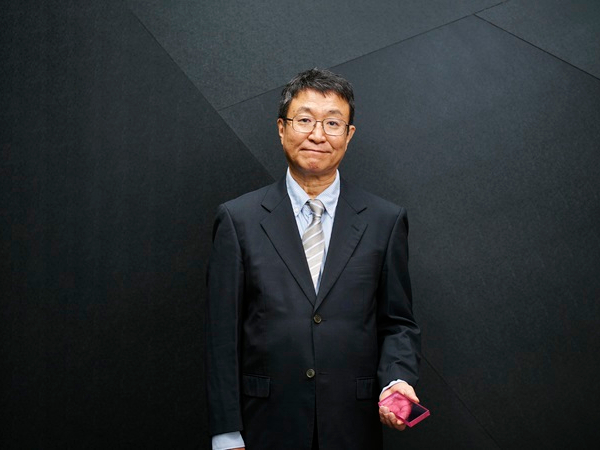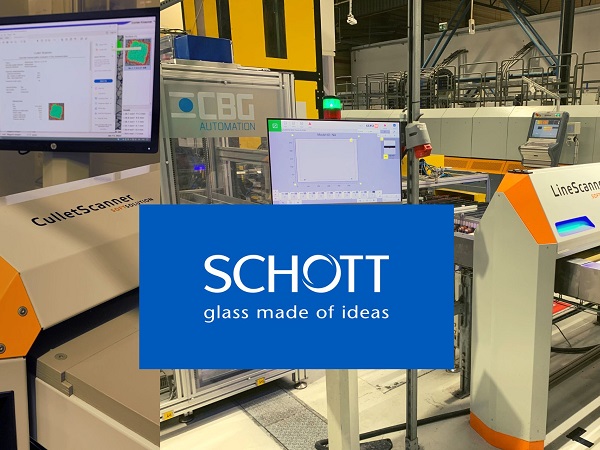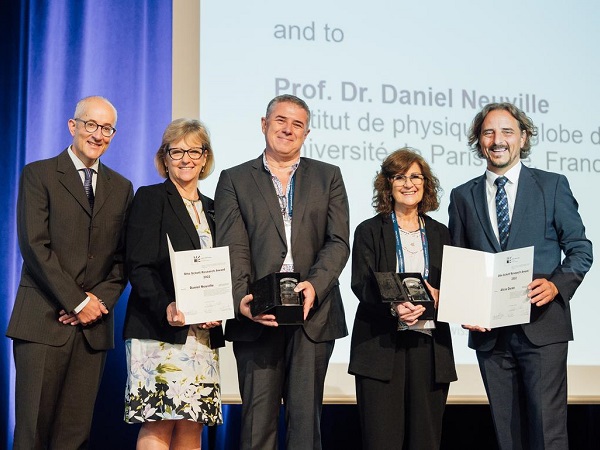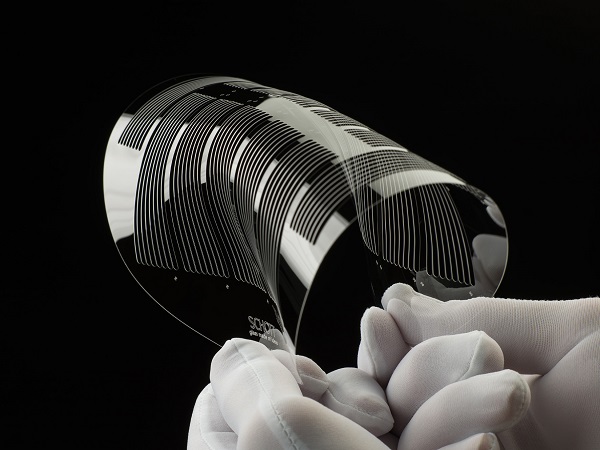Date: 5 March 2007
A key prerequisite for the splinter-free “scribing,” which can be performed in clean rooms, is a very flexible control and drive technology.
As a result of its joint venture with the Japanese Mitsuboshi Diamond Industrial Co. Ltd. (MDI) in mid-2005, the Mainz-based glass manufacturer Schott AG now offers a wide portfolio of conventional machines as well as laser cutting machines. In the field of laser cutting, MDI Schott AP has gained ground above all in the cell phone display market in the last 12 months.
Because cell phones are becoming slimmer and slimmer, increasingly thin and therefore stronger displays are required. Glass thicknesses of 2 x 0.3 milli-meters are common, and even thinner displays are being developed.
Schott AP’s “laser scribe-and-break” technique makes display production more rational and flexible. Displays are produced under clean-room conditions, because even the slightest contamination can destroy the glass surfaces that have already been coated with the electrically active components. Unlike conventional cutting methods that generate glass dust, laser scribing works without contact, and therefore without dust: a focused CO2 laser beam heats up the glass along the cutting line, which is then cooled down again immediately. No microtears occur on the surface during embrittling and pretensioning of the glass, and there are practically no microparticles when the material is broken afterward. The resulting edge is extremely precise and strong.
Adjustment to the micrometer
For the automation of the machine, MDI Schott AP uses a Sinumerik 840D CNC and the wear-free, maintenance-free 1FN3 linear motors and 1FW3 torque motors. The direct drives meet the requirements of clean-room class 1000 and interact optimally with the Simodrive 611D converter system. The high degree of positioning accuracy and great bonding force that can be achieved with this drive technology enable MDI Schott to achieve accurate alignment of the material to the micrometer. To achieve a constant cutting depth, the intensity of the laser beam is controlled based on the belt speed.
There is a trend towards using glass as a preferred display material in electronic devices. For these applications, a strong glass edge is also very important, and the varying contours make great demands on the control system. Thanks to its flexibility and scalability, Sinumerik 840D is also ideally suited to these future tasks in terms of its functionality and performance.
Flexible design
To meet customers’ varied requirements, the machines have a modular structure, and can therefore be combined in individual line solutions or stand-alone processing stations with little engineering effort. The uniform Profibus architecture, with its extensive diagnostic functions, is just as important to Schott as the compatibility with different HMI systems. The company also makes individual user interfaces with Asian characters.







Add new comment